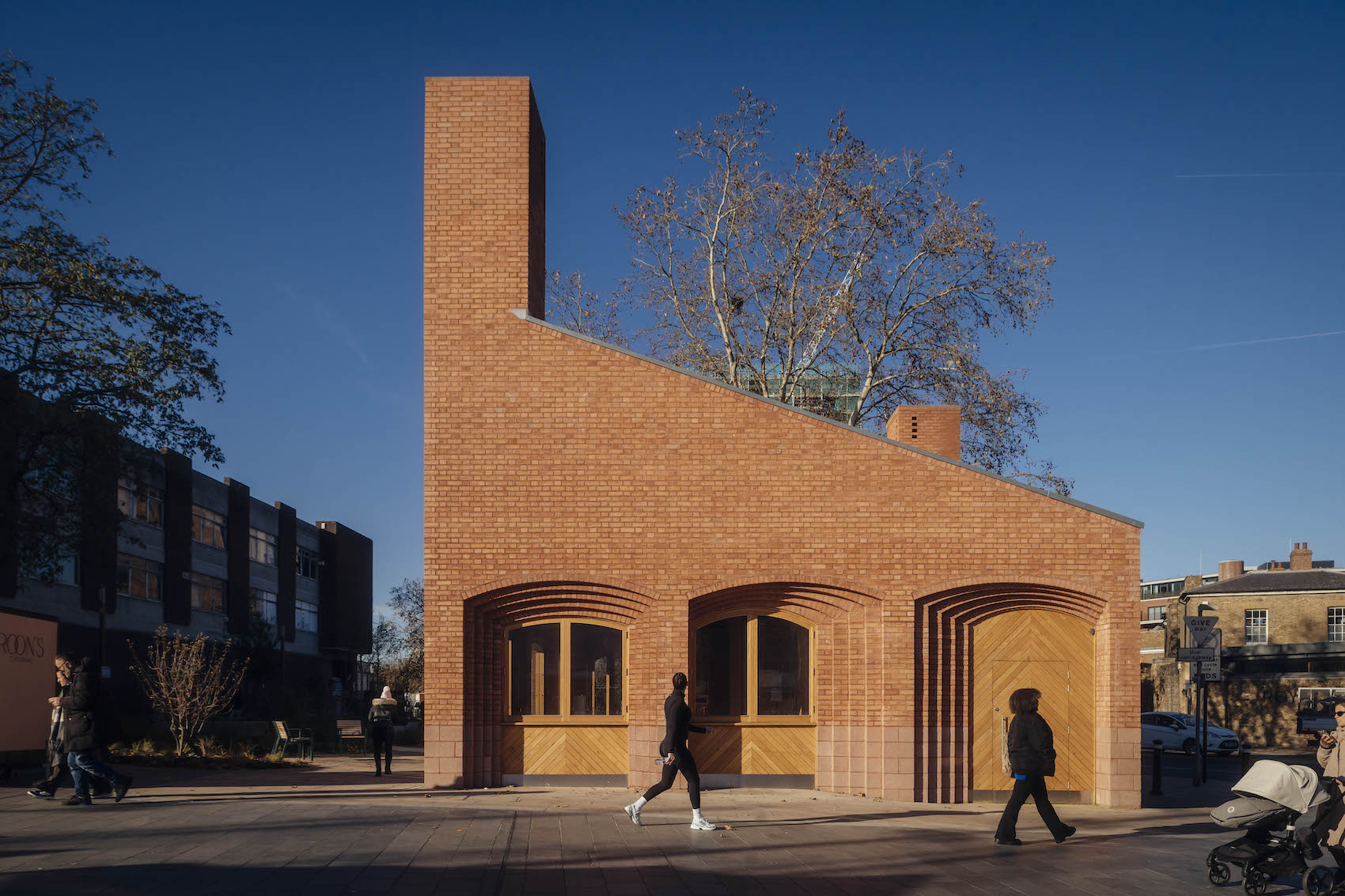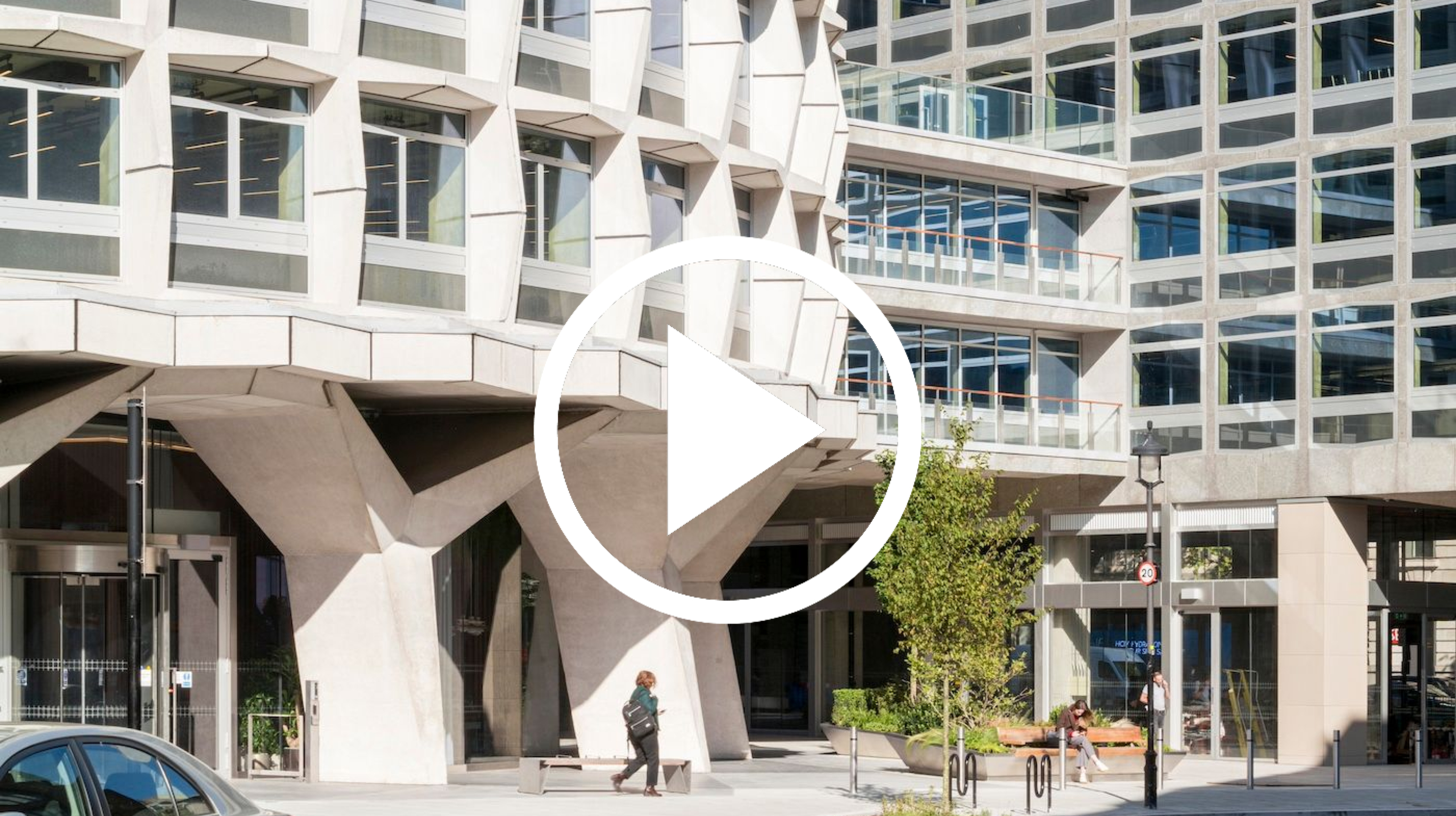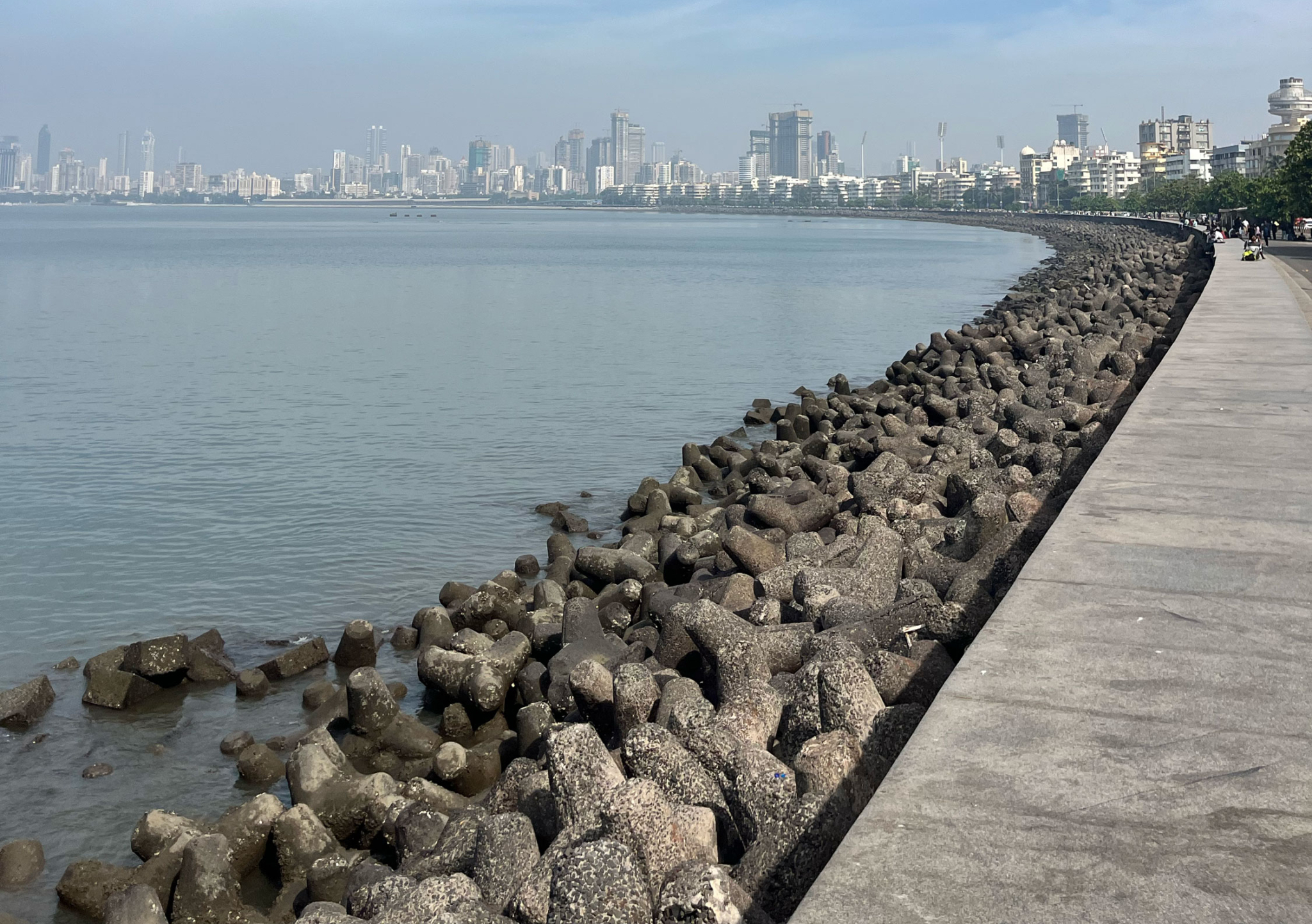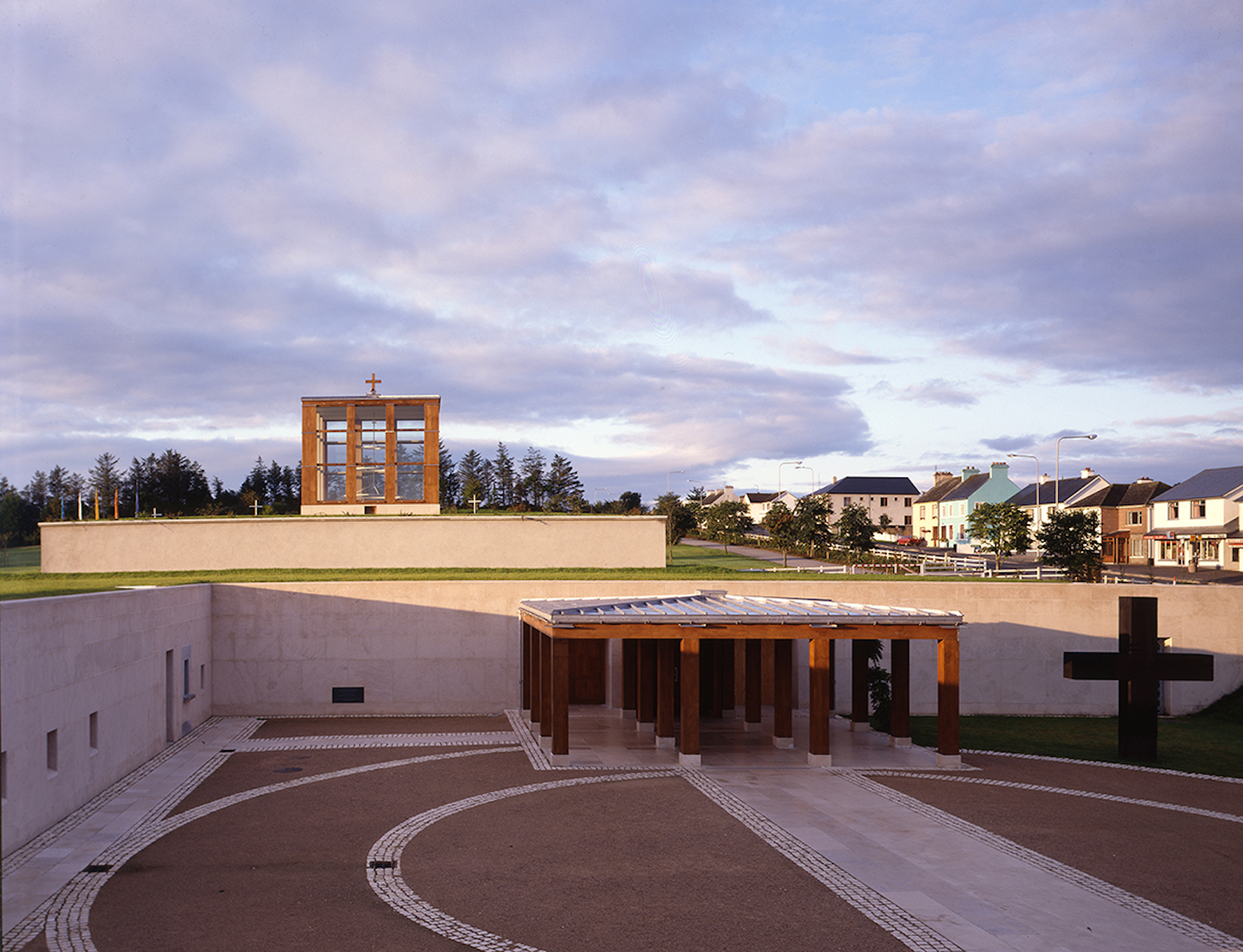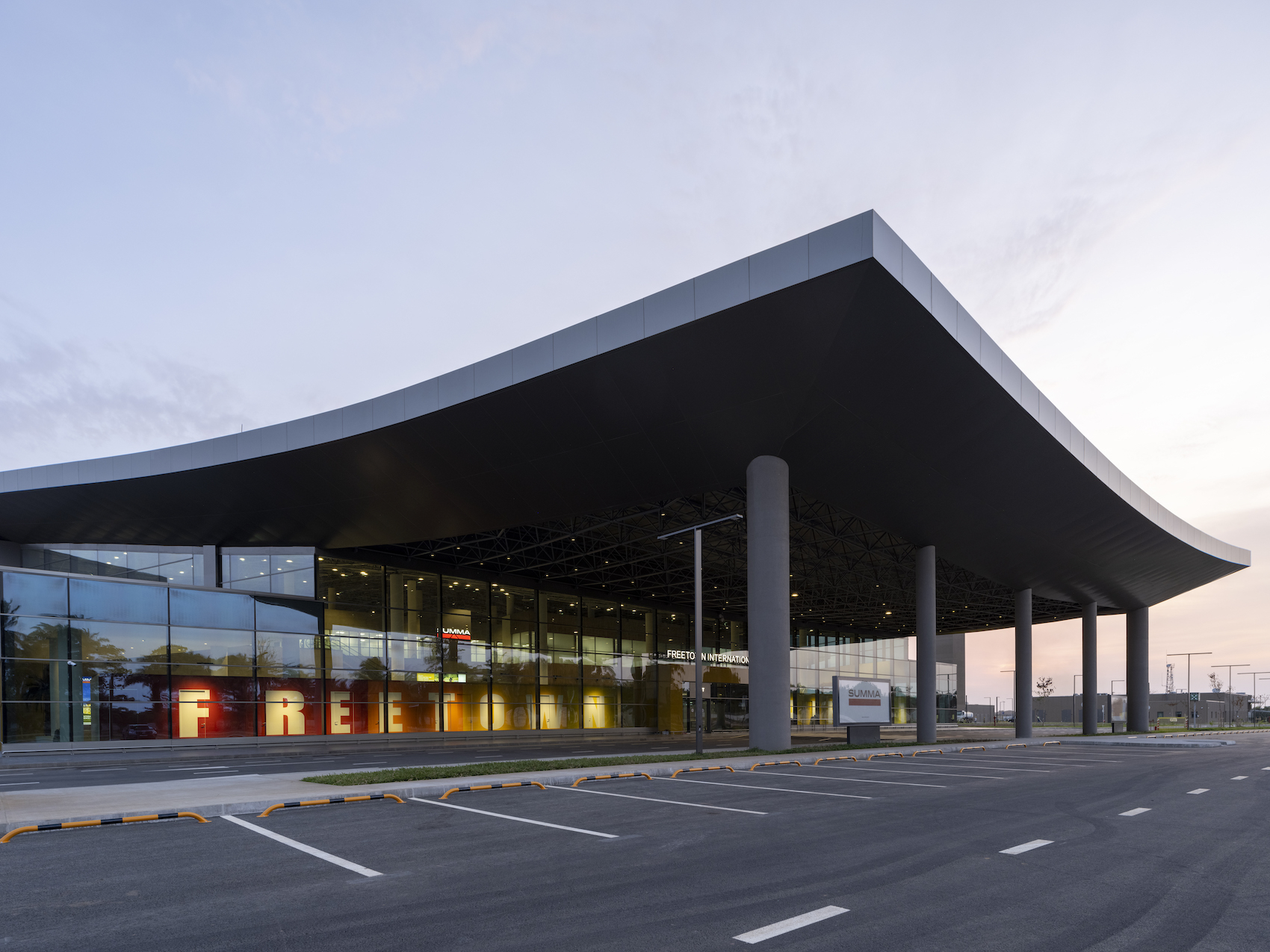Peter Long, Divisional Fire & Certification Director at Optima Systems, answers readers’ questions on glass partitioning.
Glass partitioning from Optima Systems at the Francis Crick Institute in London (photo: Vigo Jansons).
What are the primary benefits of glass partitioning?
Few of us would feel comfortable working in a dark enclosed room, and there are well-researched scientific reasons to support the use of glazing in buildings – not least the positive effects on mental and physical wellbeing. This has a direct impact on employee morale and, in turn, productivity. Interior glazing, particularly in commercial offices, offers an ideal solution for compartmentalising large spaces, while allowing precious natural daylight to permeate deeper into the building. It also fosters a sense of connectivity between colleagues working in separate cellular offices.
What are the main safety considerations in terms of fire, impact resistance, manifestation, and structural integrity?
While fire compartmentation has traditionally been the domain of solid walls, fire-resistant glazing – used in conjunction with suitable supporting construction – can provide up to two hours of fire protection, both in terms of integrity and insulation. This can be achieved with minimal framework, maintaining clear sightlines. Flame spread across surfaces – especially in escape routes – is rightly a growing focus. Monolithic glass is non-combustible, and laminated panes exhibit very low combustibility, comfortably satisfying regulatory requirements for circulation areas.
Glass partition walls often form part of circulation routes, such as corridors and lobbies, and here too, glass performs well. The Building Regulations enforce strict safety standards, Approved Document K setting out the minimum performance classifications for impact safety, ensuring compliant use of glass in all appropriate zones.
Properly engineered glazing can also be used in critical safety applications. Laminated glass is common in balustrades, often below the handrail, and in the correct form, even without a rail. In fact, it can be used as a full-height barrier where appropriate. This requires the careful specification of thermally toughened and heat-strengthened glass, which must be undertaken by qualified professionals in line with the building safety regulations governing safety-critical construction products.
The use of extensive full-height glass demands careful consideration of user safety, particularly for those with impaired vision. Building regulations again provide clarity here, mandating suitable manifestation to reduce collision risk. Crucially, manifestation must be visually distinguishable against the background to be effective – a detail often overlooked.
Should architects also consider acoustic performance when specifying glass partitioning?
Absolutely. Glass is a hard dense material, which can be both a benefit and a challenge acoustically. Extensive use of glass introduces highly reflective surfaces that may result in unwanted echo or reverberation, diminishing acoustic comfort. To counter this, designers should integrate sound-absorbing materials elsewhere in the space. That said, glass can also provide excellent acoustic insulation. Laminated and double-glazed configurations can significantly enhance speech privacy and reduce noise transfer. With the right combination of thickness, glass type, and spacing, exceptional acoustic performance can be achieved.
What types of glass coating are commonly available?
Glass specifications are often guided by performance demands, such as fire resistance, impact strength, or acoustic control, but this doesn’t mean aesthetics have to be compromised. Laminated glass can be customised with coloured interlayers, varying levels of opacity, or decorative vinyls. These solutions allow creative freedom, while maintaining compliance with core performance requirements.
What is the typical design life of glass partitioning, and can it be recommissioned or recycled when it is no longer needed?
Aluminium and glass are both inherently robust, meaning that glazed partition systems typically outlive a standard tenancy term by a considerable margin. And when the space needs to evolve, these systems present clear environmental advantages. As the industry intensifies its focus on achieving net zero, there’s growing momentum around the reuse of glazed systems and the return of materials into production cycles through recycling.
However, there are still barriers. Two key challenges limiting glass reusability in commercial interiors are non-standard floor-to-ceiling heights and the architectural preference for full-height doors. Standardised heights would support modular manufacturing, significantly increasing reuse potential. This is one of the drivers behind our development of modular Adaptable Meeting Rooms. These are far less impacted by ceiling height variations, and can be dismantled and relocated – reducing both carbon impact and long-term fit-out costs.
How should glass partitioning be maintained post-installation?
As with all building products, longevity depends on proper care. The glass itself is effectively maintenance-free aside from regular cleaning, which should be done using non-abrasive materials as per the manufacturer’s guidance. Framing systems and gaskets, however, may require routine checks and maintenance, particularly in high-traffic areas or where usage is less controlled. For best results, manufacturers should be consulted regarding recommended inspection periods and maintenance procedures specific to the system installed.
For further information, visit www.optimasystems.com



